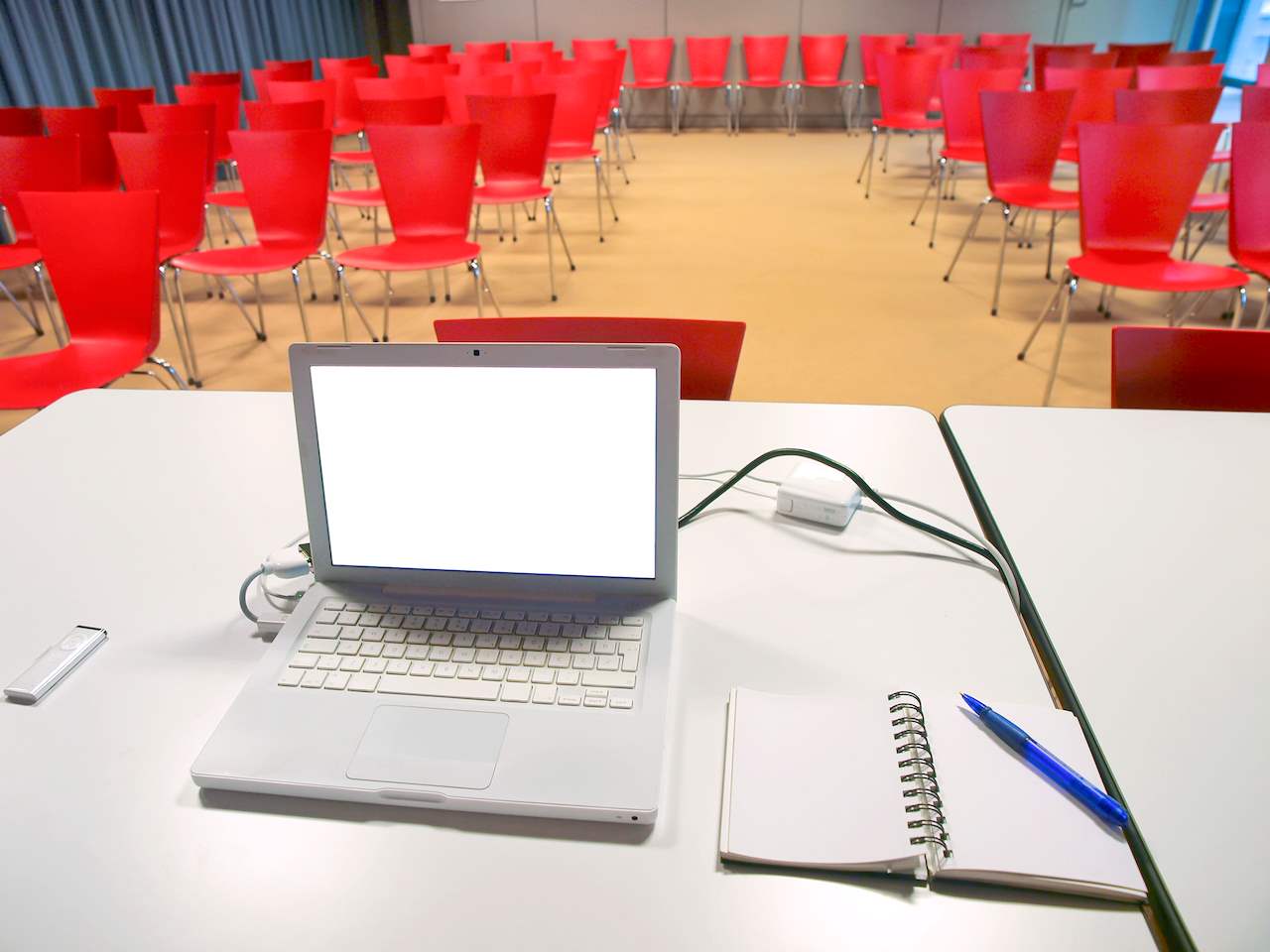InClass
Are your classroom fidgeters struggling to pay attention? These tried-and-true tactics are designed to help lessen their need for stimulation. While some students thrive in a “traditional” classroom, others need movement or something more hands-on to keep them engaged. Keep your entire classroom ca
Sep 19, 2019
Are your classroom fidgeters struggling to pay attention? These tried-and-true tactics are designed to help lessen their need for stimulation.
While some students thrive in a “traditional” classroom, others need movement or something more hands-on to keep them engaged. Keep your entire classroom calm with these movement-based activities.
1. Keep it moving.
Incorporate kinesthetic movement — stretching, simple dance moves, or other physical activity — into your lessons. It provides students with an opportunity to do something different and offers significant creative potential. Ask your students to model the speed at which different particles move, or have them signal their responses to a question or prompt through movement.
Or give yourself permission to wander the classroom as you facilitate a lesson, too. The walk might just perk you up!
2. Chop it up.
Have a 40-minute lesson? Break it into smaller chunks. Move locations. Change up how you’re checking for understanding throughout the lesson. Teach students to visualize what it is they’re learning. A good rule of thumb is to keep the intensive teaching moments short but frequent. Take short breaks for deep breaths, stretching, or creative movement.
3. Group work can shake things up.
When assigning group work, consider giving students more freedom in where and how they work together. Allow them to explore a new area of the classroom, go outside, or use an alternative space. Yes, students might get a little bit off-topic in their conversations, but with clearly articulated expectations for deliverables, they will finish their work and have fun.
4. When in doubt, make accommodations.
If you’ve got a serious wiggle worm who’s struggling to pay attention, it’s time to provide special accommodations. This might mean having an individual conversation with the student to create a plan (with his or her input) that supports his or her needs.
Consider setting aside a “no distraction” area of the classroom, where a student can go during a lesson to get the wiggles out quietly and without disturbing others. This certainly doesn’t mean other classroom rules don’t apply; you’ll need to ensure that boundaries are clearly understood and respected. Whatever accommodations you make, share them with the student’s other teachers, parents, and/or guardians so there is transparency and coordination.






